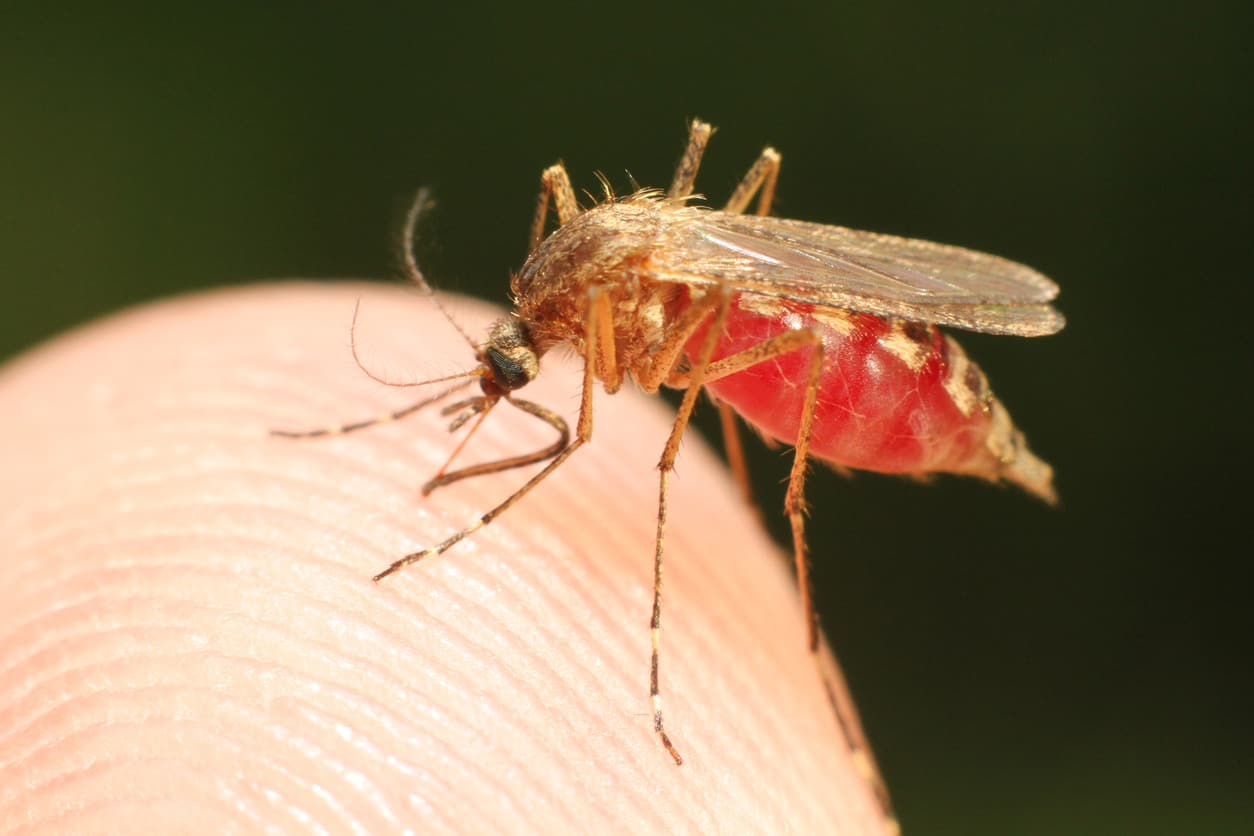WNV in Tennessee Horses: Two Additional Cases Confirmed

The Equine Disease Communication Center (EDCC) reported Nov. 26 that the Tennessee State Veterinarian has confirmed two more cases of equine West Nile virus (WNV). According to Tennessee Department of Agriculture data, there are now 12 confirmed cases of WNV in Tennessee horses this year.
“An 8-year-old Saddlebred mare in Loudon County that had been vaccinated in March of 2018 was confirmed positive on Nov. 12, 2018, on IgM ELISA,” the EDCC said. “A 7-year-old Tennessee Walking Horse gelding of unknown vaccination status located in Monroe County was confirmed positive on Nov. 16, 2018, on IgM ELISA.”
There were three confirmed cases of WNV in Tennessee horses in 2017, according to USDA Animal and Plant Health Inspection Service data
Create a free account with TheHorse.com to view this content.
TheHorse.com is home to thousands of free articles about horse health care. In order to access some of our exclusive free content, you must be signed into TheHorse.com.
Start your free account today!
Already have an account?
and continue reading.

Written by:
Erica Larson
Related Articles
Stay on top of the most recent Horse Health news with















